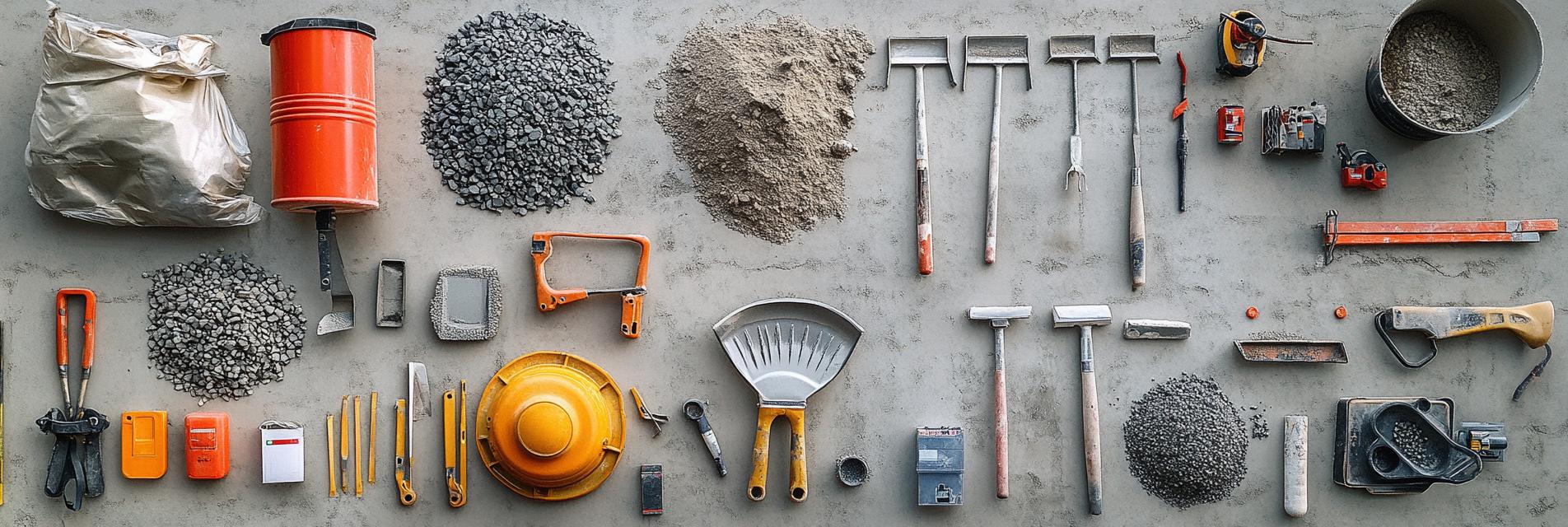AZS (Alumina-Zirconia-Silica) rammed materials are crucial in industries that require high-performance refractory solutions. The construction process of AZS rammed materials demands a comprehensive understanding of various installation techniques and considerations for optimal performance. In this article, we will explore the installation process, key benefits, and best practices for working with AZS rammed materials in high-temperature environments.
AZS rammed materials are specifically engineered to withstand extreme conditions. Their unique composition makes them suitable for use in industries such as metallurgy and ceramics, where resilience and durability are paramount. Proper installation of these materials is essential to ensure longevity and effectiveness in high-temperature applications.
The main components of AZS rammed materials include:
The construction process for AZS rammed materials can be broken down into several critical steps:
Before installation, it's imperative to prepare the surface adequately. This involves cleaning the substrate and ensuring there are no contaminants that might affect adhesion.
The AZS ramming mix should be thoroughly blended according to specifications. The mixing process is critical to ensure uniformity and consistency of the material.
Applying the mix involves using specialized tools to ram the material into place. Proper ramming technique is crucial to eliminate air pockets and achieve maximum density.
Curing times may vary based on the environmental conditions and material specifications. It is important to follow the manufacturer's guidelines for curing to prevent cracking or other issues.
Utilizing AZS rammed materials offers several advantages, including:
To maximize the effectiveness of AZS rammed materials, consider the following best practices:
By adhering to these guidelines and employing a detail-oriented approach, industry professionals can ensure the successful application of AZS rammed materials, thereby enhancing overall operational efficiency and productivity in high-temperature settings.



